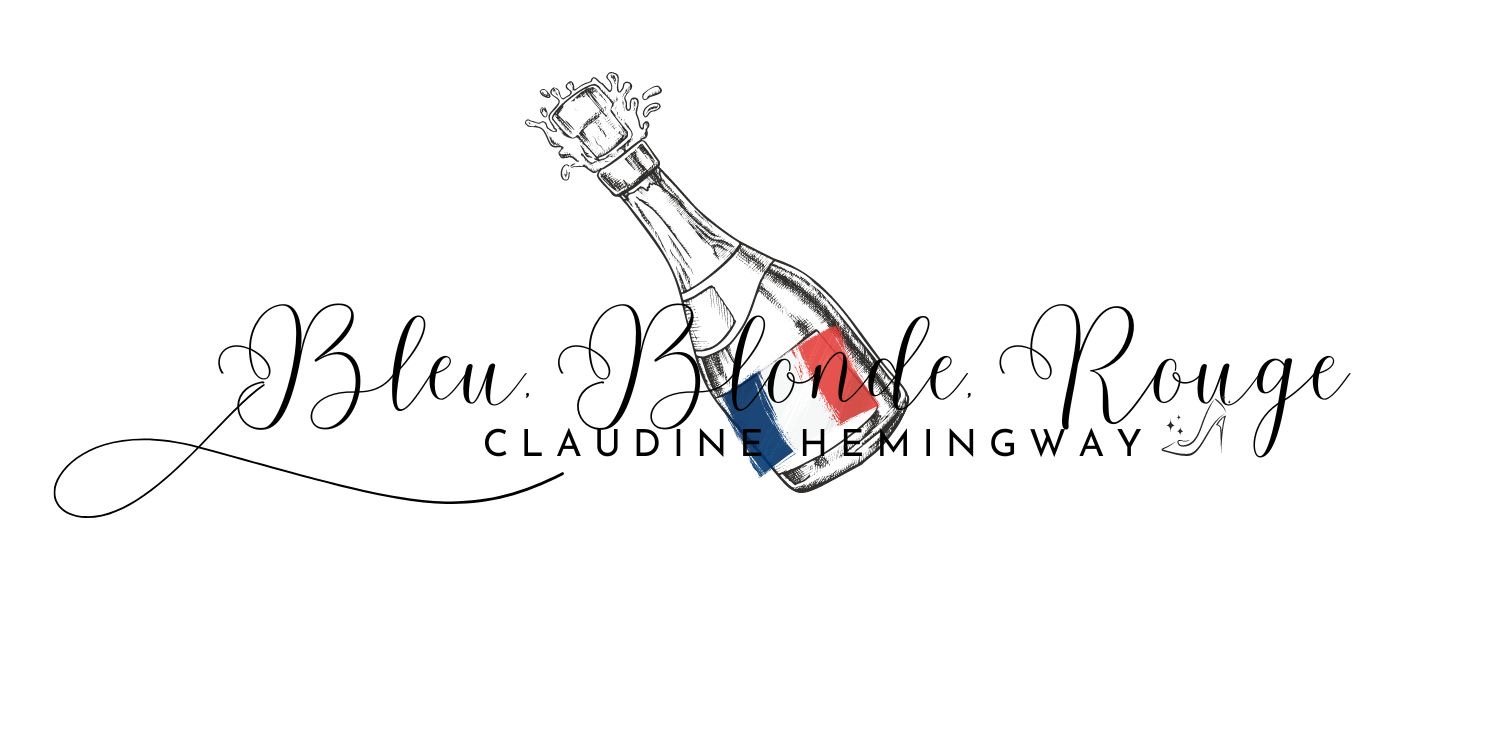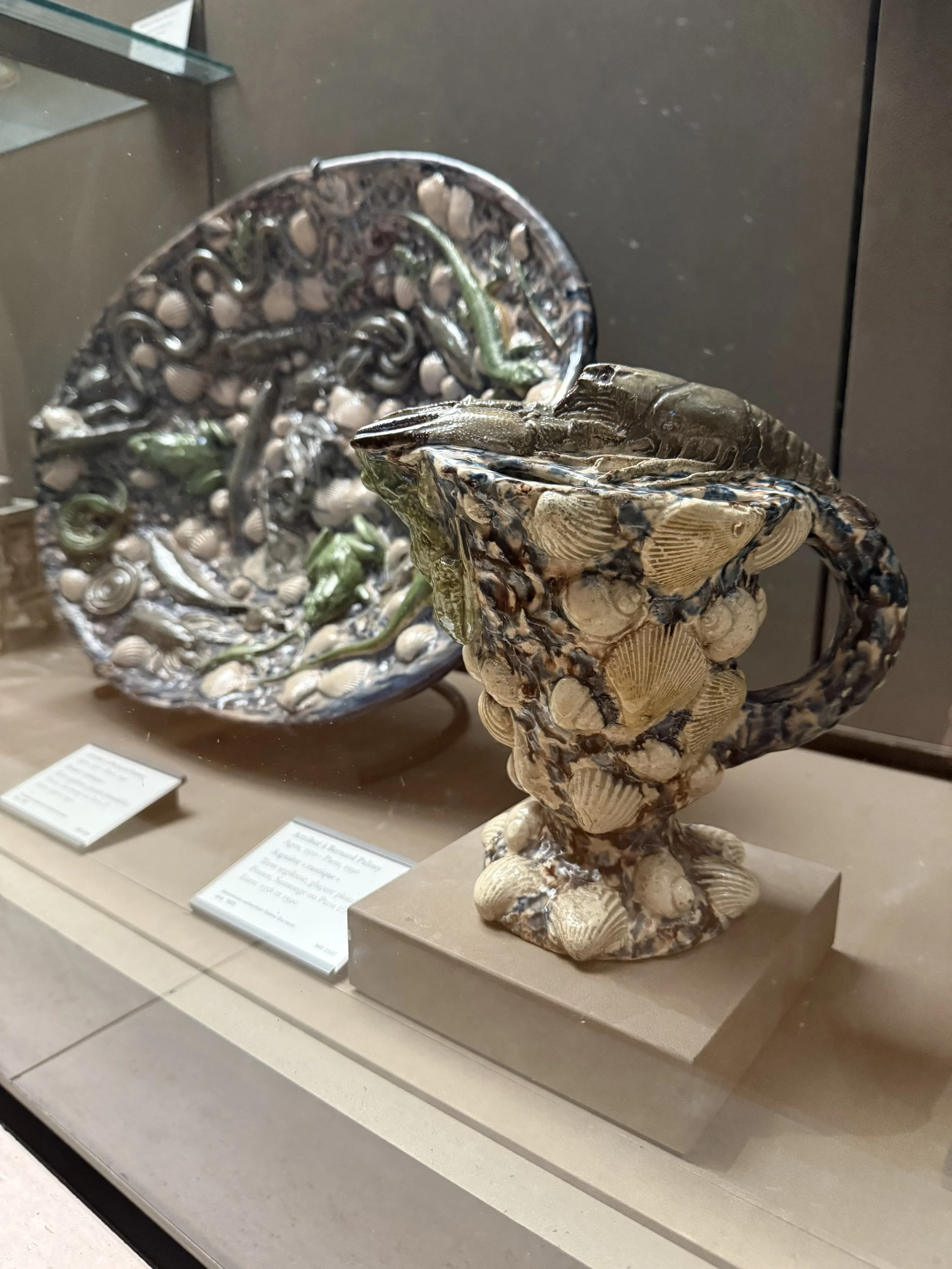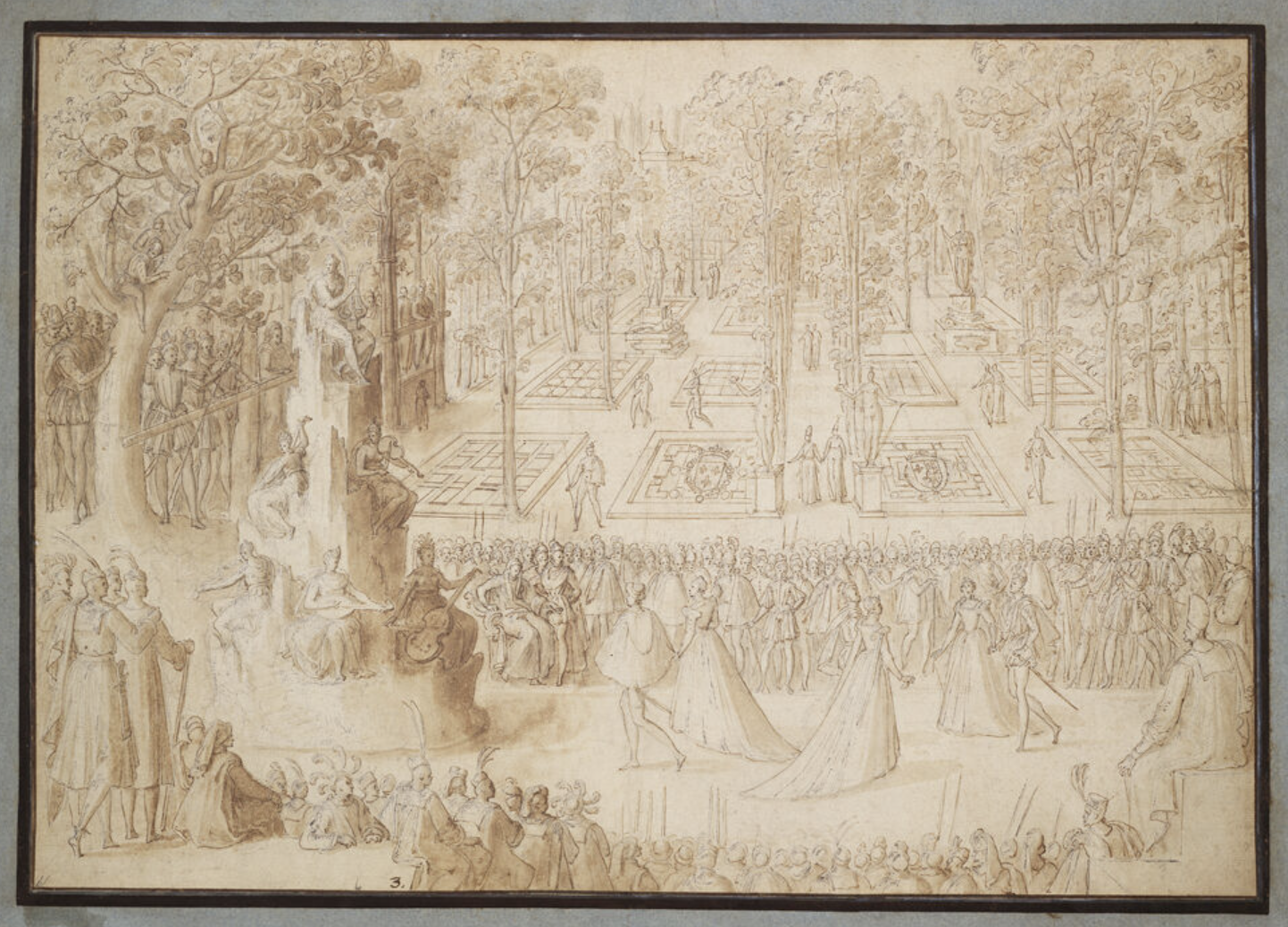The next room of the Louvre Couture exhibit shifts the focus from life depicted on tapestries to flora and fauna that come to life in ceramics, transformed into fabric.
Alexander McQueen does it again in his last full Prêt à Porte collection. Plato's Atlantis made its premiere on October 6, 2009, as his response to the troubling prognoses of climate change and the world. In 360 BC, Greek philosopher Plato wrote Timaeus and Critias, which features the island country of Atlantis. Conquering Europe, their arrogance would later take them down, and the island would sink into the sea. A direct link to climate change and rising oceans around the world.
McQueen was inspired by frequent visits to the Victoria and Albert Museum in London and the pottery of Bernard Palissy. Using 3D digital imaging of reptile skin onto the fabric, for the first time for a designer. The runway began with dresses in hues of green and browns and finished in shades of blue and turquoise. The dress on display is a short version with folded volumes of fabric of the skirt. Like a snake shedding its skin, McQueen depicts a world of humans evolving into reptiles.
McQueen also designed shoes to go with the entire collection. The Armadillo platform heel, which has also been worn by Lady Gaga, is covered in two-toned python skin. A more modern take on a chopine, designed by Louboutin and introduced in the previous room. McQueen designed only 24 pairs, 21 of which were used in the fashion show.
Each pair was sculpted from wood with an interior that held the foot just like it would in a pair of heels, but giving the impression of a ballerina’s foot en pointe. Taking five days and thirty people to make, involving three separate ateliers, the 12-inch shoe with a 9-inch heel had some models refusing to wear them, but once they walked in them, it was revealed they were actually comfortable.
Next to the reptile dress, we take a dip into the sea with Bottega Veneta. Described as a Nordic mermaid, a knitted form-fitting sweater with scales topping a mermaid rolled waist skirt with fringe detail that looks a bit more like an alien than a mermaid.
Bottega Veneta, Italian for “Venetian shop,” was founded in 1966 by Michele Taddei and Renzo Zengiaro. Primarily a leather goods company, it expanded into ready-to-wear in 1998. Designer Matthieu Blazy joined the house in 2021 and was praised for every look in each collection.
Blazy, born in Paris to a father who was an African art expert and historian, has had his entire life filled with art. His mother taught him how to look at art, and if he said he didn’t like it, she asked why and told him to look again. Creating a curiosity and a new way of appreciating art, a way that has been lost in this day and age. Drawn to and inspired by everything from Renaissance church ceilings to ceramic pieces and even advertising images. He believes his craft as a designer is through observation and perspective.
The 2023-2024 autumn/fall ready-to-wear collection was his creation of a street in any European city. Blazy described it as “A place where everyone belongs, like a parade”, from a street in Milan to a carnival. The runway parade included eighty-one looks, and the designers decided against editing anything out and kept adding looks in the final days.
Growing up with an appreciation for art, the runway show in Milan featured three sculptures placed on the runway, covered in carpet inspired by stracciatella gelato, his favorite. Two bronze runners, dating to the 1st century BC, were found in 1754 at the Villa of the Papyri in Herculaneum and are currently on loan from the Museo Archeologico Nazionale di Napoli. Alongside a more contemporary figure by Umberto Boccioni’s Unique Forms of Continuity in Space, created in 1913.
Bridging the passage of time in figures from the bronze forms to the models on the runway.
The designs in this room reimagine reptiles and sea life, much like artist Bernard Palissy did in the 16th century. Palissy was born in 1510; his father, a glass painter, taught him the craft, sparking his lifelong pursuit of art. Not the best student, he left school early and traveled all over France. Cities formed over land that, thousands of years ago, was the site of volcanoes and lava flows filled with specimens forgotten in time.
Combining the craft of glass painting with enamel on an Italian cup given to Palissy as a teenager led to a compulsive need to create. His unique ideas and art were discovered by Anne de Montmorency in 1548, at the same time he was building his Chateau d’Ēcouen and wanted a beautiful Italian grotto.
Catherine de Medici Entertaining the Polish Ambassadors in the Tuileries Gardens, Grotto on the left
In 1563, Palissy had one of his most successful and eventful years. Named the “Inventor of the king’s figurines” under Henri III. His mother, Catherine de Medici, loved the work of Palissy. That same year, Catherine broke ground on her new palace on the eastern side of the Louvre and wanted a grotto much like that of Montmorency.
In the 13th century, the area was home to many tile factories. Production continued until Catherine forced them out and gave Palissy his choice of workshops. Packing up his entire collection of molds and casts, he moved from his atelier in Saintes to Paris to begin the creation of Catherine's grotto.
Under the reign of Henri II, Catherine de Medici and her sons, and the long wars of religion against the Protestants had Palissy in a constant state of fear. The edict of Ecouen, signed by Henri II, sent Palissy to prison, but his friendship with Montmorency thankfully led to his release. In 1563, at the height of his fame, he was arrested again, and this time, the Serpent Queen herself saved him.
Back at his atelier, he worked on the Château d’Écouen and the Tuileries simultaneously. As a father of six, his sons helped produce thousands of small reptiles, sea creatures, and animals needed to adorn each grotto.
Palissy was a one-of-a-kind artist, recreating life few had ever seen. He took his role seriously, conducting extensive research and speaking to students of science and art at universities throughout France. Work continued on the Tuileries until 1572, when the queen mother, Catherine, was informed by her advisors that Cosimo Ruggeri had told her she would die near Saint-Germain. In the midst of building the Palais du Tuileries, near the Eglise Saint-Germain l’Auxerrois, she abruptly moved to the Hôtel de Saissons on the right bank near Eglise Saint-Eustache.
Months later, Catherine and her son rang the bell in the dark of night on August 23, 1572, an event that would become known as the Saint Bartholomew's Day Massacre. Palissy was warned and fled Paris; as a result, all work on the grotto came to a halt. Over the next sixteen years, he was arrested and released until May of 1588. Arrested, sentenced to death, and locked away in the Conciergerie on the Ile de la Cité. Appealing his conviction, it was changed to life in the Bastille, where he died in 1589 or 1590 at 80 years old.
Long after his death in 1865, under Napoleon III, the expansion of the Palais du Louvre by Hector Lefuel led to the first discovery of Palissy's work. While building the Pavillon des Sessions, just past the Grands Guichets, a portion of his workshop and kilns were uncovered. More than 14,000 pieces were found and can now be seen in the Louvre, Sevres, and the Carnavalet
In May 1985, during excavation work for the pyramid project and the construction of a new laboratory for the C2RMF near the Arc de Triomphe du Carroussel, a significantly larger portion of his workshops was discovered. A kiln and even his home, as well as thousands of small pieces, were unearthed. This time they uncovered thousands of molds and models, fountains, clay basins, entire workshops, kilns, deposit sheds and garbage dumps filled with thousands of pieces, many of which had been intended for the grotto of Catherine de Medici.
Many of the items, including ceramic frogs made for the grotto, some serving as water spigots for the fountains, can be seen in the Louvre today, in the lower level of the Sully pavilion in the Salle Saint Louis.
Just a few rooms away from the designs of McQueen and Bottega Veneta are examples of rustic wear and two platters created by Palissy himself. Often in the shape of a pond and covered with reptiles and sea life.
You can also find Palissy on the exterior of the Louvre as part of the eight-six great men of France installed in 1870. Each figure personally chosen by Napoleon III lived before the 19th century, with the exception of one, sculptor Jean-Antoine Houdon, who died in 1828. A smart way to avoid conflict, although a few artists, including the heirs of Jacques Louis David, were pretty upset about the snub.
Palissy stands just outside the Grande Galerie, facing west, precisely in the space where his final atelier was located in the 19th and 20th centuries. Sculpted by Victor Huguenin, he holds an ewer in his arms and is dressed in his Renaissance doublet.
Palissy can also be found in the shadow of the Eglise Saint Germain des Prés in the Square Félix Desruelles. The bronze sculpture by Louis Ernest Barrias was created in 1880. The artist is dressed in Renaissance attire, consisting of a doublet and apron, standing in front of a small kiln and holding one of his platters, which features a fish and a snake.
In this case, holding the McQueen shoe and an example of a Palissy style rusticware platter is another design by Christian Louboutin. Louboutin is known for his shoes with iconic red soles, but he also makes handbags, belts, and cosmetics. On display is a beautiful, one-of-a-kind, handmade purse created for his Autumn-Winter 2018-2019 collection. Inspired by the sea and shells, the Piloutin Manila bag is covered in rhinestones, real shells, and feathers.
Let me take you back in time to the 17th and 18th centuries, when a seashell had never been seen in a country that is far from the ocean shores. Napoleon created the crown of Charlemagne, which he used for his coronation in 1804, from cameos made from precious stones and shells. So precious since few had ever seen their beauty before.
Louboutin created this bag as a nod to the regal story of shells and his own love of these beautiful treasures.












